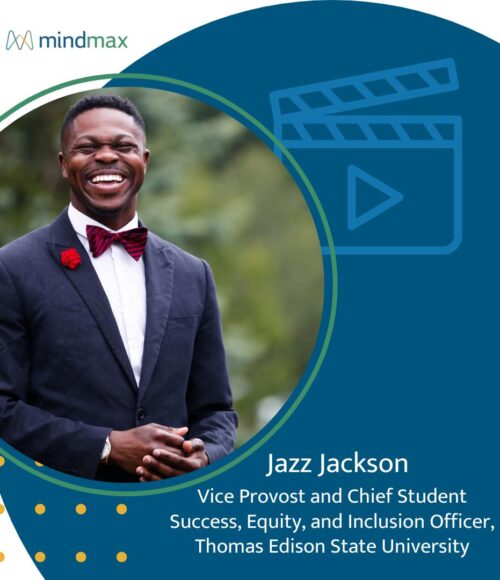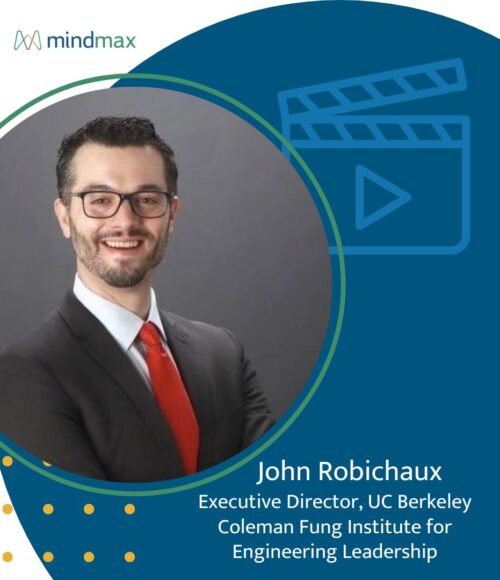Fuel vs. Friction: Reducing Friction in Higher Education Enrollment Funnels

Fuel vs. Friction: Reducing Friction in Higher Education Enrollment Funnels
I recently listened to a Hidden Brain podcast that got me thinking about the dichotomy of fuel and friction and how these concepts present themselves in higher education marketing.
Fuel is the more straightforward of the two concepts. In a marketing funnel, fuel shows up primarily at the top of the funnel. It takes the form of promotions, discounts, benefit conversations, and other marketing initiatives that build the case for why a prospective student should enroll in a program.
Then, as a prospective student progresses through the funnel, friction begins to take over. Every link they click, every field they fill out, every decision or choice they have to make. . . is a potential friction point. The more friction in the process, the less likely it is that a prospective student ends up enrolling in a program.
So, the question is, how can schools reduce friction as prospective students move down the funnel?
The Psychology of Friction and Choice
Friction causes a tremendous amount of brain activity. That’s not necessarily a bad thing in the context of something like learning, but it can be detrimental from a marketing standpoint.
Psychology has shown us that when you want someone to take an action—whether deciding what to have for breakfast, buying a product, or enrolling in a program—you should limit their choices. Asking a person to decide between pancakes and cereal inevitably creates less friction than having them choose from the entire spectrum of breakfast options.
Too much choice can have a paralyzing effect—in higher education marketing, that could mean a prospective student fails to progress through the funnel.
Still, the element of choice is essential in spurring people to action—people don’t like being told how to think or what to do. We see evidence of this truth all the time in the political sphere. Trying to convince someone to upend their deepest held beliefs is often a futile endeavor—even in the face of overwhelming proof indicating that they are, in fact, wrong. In many cases, people react by—paradoxically—doubling down on their previously held beliefs.
One way to remove friction in these conversations is to ask the question, “Why?” Rather than trying to change their opinion, inquire with compassion and empathy why they believe something and why they’re holding onto that belief so strongly.
People want to be the heroes of their own stories. They’re much more likely to change their minds—or, in the context of marketing, take a new action—if they feel like they’ve chosen to do so themselves.
The challenge, then, for colleges and universities that want to grow enrollments is finding the sweet spot that offers choices to prospective students without creating too much friction in the process.
How Colleges Can Reduce Friction in Their Enrollment Funnels
Here are three ways schools can bridge the gap between offering choices and reducing friction in their enrollment funnels:
Understand your niche
When higher ed institutions try to do too much—and reach too many people—with their marketing efforts, they end up overwhelming prospective students and creating friction. A better path forward is to “know thyself.”
Schools must acknowledge that they won’t be everything to everyone. Marketing to prospective students who already align with what your program offers reduces friction from the onset by allowing you to deliver higher-value, more focused content.
Learn the “why”
Schools that don’t understand prospective students well enough can’t market to them effectively—there’s no more inefficient way to use a higher education enrollment funnel than as a megaphone projecting assumptions.
Conduct market research to learn the “why” behind prospective students’ motivations so that your marketing efforts respond more directly to their needs. Humans have a higher likelihood of taking action if they feel understood.
Empower prospects to make their own choices
Give prospective students the ability to choose their destination by providing small choices at the top of the funnel that get them where they want to be. The goal is to empower them to make their own decisions in as frictionless a way as possible.
As they get deeper into the funnel and their investment in the process increases, so too will their friction tolerance. At that point, they’ll be more willing to complete the more friction-heavy actions that occur toward the bottom of the funnel, like filling out an application.
Applications for Reducing Friction
At MindMax, we’re always learning how to help our clients reduce friction in their enrollment funnels. One example that comes to my mind is the work we do marketing programs for non-credit certificates.
Many schools offer only one course at a time with no bundled certificate option. Those that bundle 3-7 courses create significantly less friction for students. Students can choose to enroll in the certificate as a whole or enroll in just one course to “try before they buy.” Schools that take this approach tend to have better enrollment rates.
A key part of their success is that they package the most popular courses instead of fully customizing the offering. In short, they manage to present just the right amount of choice to prospective students without overwhelming them, and in doing so, they minimize friction.
Want to discuss strategies for reducing friction in your school’s enrollment funnel? Contact MindMax today.
Related Ideas
Jazz Jackson Wants to Help Every Student Finish What They Start

John Robichaux Wants Lifelong Learning to Drive Public Impact
